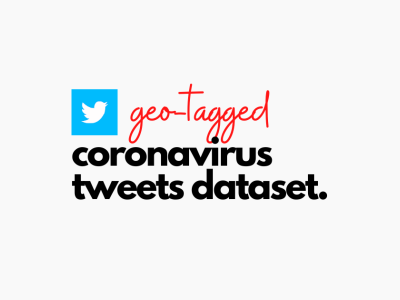Social Interactions in Mixed Reality

- Citation Author(s):
-
Rohan Arora (Columbia University)
- Submitted by:
- Sparsh Srivastava
- Last updated:
- DOI:
- 10.21227/prxp-m051
- Data Format:
- Research Article Link:
 134 views
134 views
- Categories:
- Keywords:
Abstract
We create an innovative mixed reality-first social recommendation model, utilizing features uniquely collected through mixed reality (MR) systems to promote social interaction, such as gaze recognition, proximity, noise level, congestion level, and conversational intensity. We further extend these models to include right-time features to deliver timely notifications. We measure performance metrics across various models by creating a new intersection of user features, MR features, and right-time features. We create four model types trained on different combinations of the feature classes, where we compare the baseline model trained on the class of user features against the models trained on MR features, right-time features, and a combination of all of the feature classes. Due to limitations in data collection and cost, we observe performance degradation in the right-time, mixed reality, and combination models. Despite these challenges, we introduce optimizations to improve accuracy across all models by over 14 percentage points, where the best performing model achieved 24% greater accuracy.
Instructions:
# social-interactions-ml
Columbia University in the City of New York
Sparsh Srivastava (ss6381), Rohan Arora (ra3091)
## Project Description
This repository provides the files and scripts necessary for the research study "Catalyzing Social Interactions in Mixed Reality". The study aims to understand the impact of mixed reality features on social interactions, through an empirical study with over 40 participants.
## Repository Structure
The repository is structured as follows:
- `data/`: Contains the raw data collected from the study.
- `docs/`: Contains notes and documentation that informed the research study.
- `final_models_and_metrics/`: Contains the final models and metrics produced during cross validation for finding the best models for the study.
- `milestones/`: Contains the milestone reports submitted throughout the semester.
- `models/`: Contains the best trained models found using cross validation.
- `scripts/`: Contains the scripts used for data preprocessing, feature extraction, and model training.
- `surveys/`: Contains the surveys used for data collection.
## Data Collection
The data was collected through a survey that was administered to participants. The survey was created using Google Forms and was distributed to participants through a study in Prolific. The survey collected information about the participants' demographics, focus group information, and their decisions on social interactions.
## Data Preprocessing
The data preprocessing script is used to clean the raw data collected from the survey. The script removes any unnecessary columns, renames columns, and formats the data for further analysis.
## Survey Generation
The survey generation script, located in '/scripts/scenario_builder.ipynb', is used to generate the survey that was administered to participants.
## Model Training
The model training script, located in '/scripts/model.ipynb' is used to train the models on the preprocessed data. The script uses cross validation to find the best model for the study.
## Analysis
The analysis script, located in '/scripts/data_distribution.ipynb', is used to analyze the distribution of the data collected from the survey. The script provides insights into the demographics of the participants and their decisions on social interactions. The '/scripts/prompt.ipynb' script is used to analyze the responses from a ChatGPT input to generate an analysis.
## Demo
The demo script, located in '/scripts/demo.ipynb', is used to demonstrate the use of the models trained on the data. The script provides a sample input and output for the models.







